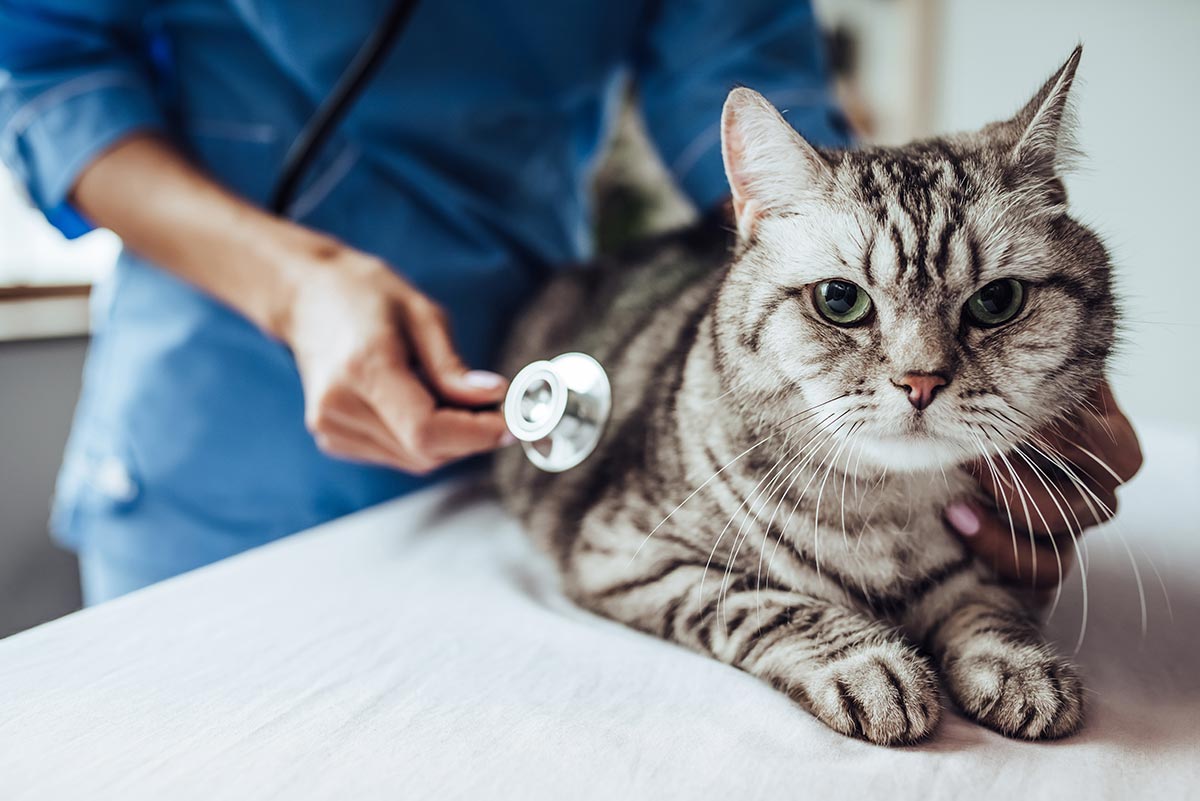Hello to all animal lovers and fellow veterinarians! I’m Dr. Jaime Klimsey Pickett, and today I want to share some exciting developments in the field of veterinary medicine, specifically regarding innovations in pain management. Managing pain effectively in animals is not just about improving the quality of life but also about enhancing recovery rates and overall health. Let’s delve into some of the groundbreaking approaches that are setting new standards in our practice.
Understanding Animal Pain
Firstly, it’s crucial to understand that animals experience pain much like humans do, though they might not show it in the same ways. Recognizing the signs of pain in different species is a fundamental skill for any veterinarian. It involves observing changes in behavior, eating habits, and activity levels. Advances in our understanding and assessment tools have led us to develop better strategies for managing pain, tailored to the needs of each species and individual.
Advances in Pharmacological Treatments
Traditionally, pain management in veterinary medicine relied heavily on pharmacological treatments, and while these remain important, there have been significant improvements. Newer medications that target pain more precisely and with fewer side effects are making treatment safer and more effective. For example, the use of non-steroidal anti-inflammatory drugs (NSAIDs) has been refined to minimize side effects on the kidneys, liver, and gastrointestinal tract.
Moreover, we are now using multimodal pain management strategies, which means combining different types of medications to enhance pain relief while minimizing the dosage and potential side effects of each drug. This approach can be particularly effective for managing chronic conditions such as arthritis or cancer-related pain.
The Role of Technology in Pain Management
Technology plays a pivotal role in the new frontiers of pain management. Innovations such as laser therapy and therapeutic ultrasound are non-invasive treatment options that help reduce pain and stimulate healing in soft tissues. These technologies are not only highly effective but also reduce the need for medications, which is a significant benefit for animals with conditions that make drug therapy risky.
Another exciting technological advancement is the development of wearable devices that monitor pain levels. These devices can track an animal’s activity levels, heart rate, and other physiological parameters to give a more objective measure of pain, helping veterinarians make informed decisions about pain management strategies.
Integrative and Alternative Approaches
In my practice, we have embraced integrative approaches that combine traditional medicine with alternative treatments. Acupuncture, for example, has been used in human medicine for thousands of years and is gaining traction in veterinary medicine due to its effectiveness in pain management. Acupuncture can help reduce pain and inflammation, improve mobility, and enhance overall well-being without the side effects associated with some medications.
Physical therapy is another area where we see tremendous benefits. Customized rehabilitation plans, underwater treadmills, and specialized exercises help animals recover more quickly from surgeries and injuries while managing pain effectively.
Educating Pet Owners on Pain Management
An essential component of effective pain management is educating pet owners about how they can help their pets at home. This includes teaching them how to administer medications correctly, how to modify their home environment to reduce stress and discomfort for their pet, and how to recognize signs of pain. Education empowers pet owners to be proactive about their pets’ health and contributes to more successful outcomes.
The Future of Pain Management in Veterinary Medicine
Looking forward, I am optimistic about the future of pain management in veterinary medicine. Ongoing research and collaboration across veterinary and human medicine continue to open new avenues for treatments. Innovations in drug development, technology, and alternative therapies promise to transform how we manage pain in our animal patients.
Conclusion
As a veterinarian, it’s incredibly rewarding to see how advancements in pain management are improving the lives of animals. The integration of new technologies, pharmaceuticals, and holistic treatments is not just changing practices; it’s deepening our understanding of animal welfare and ethics in treatment. These innovations ensure we can provide the compassionate and effective care our animal companions deserve.
I’m excited to continue exploring these frontiers, and I encourage my fellow veterinary professionals to remain curious and open to new methods. The more we learn and adapt, the better we can serve the creatures who depend on us.
